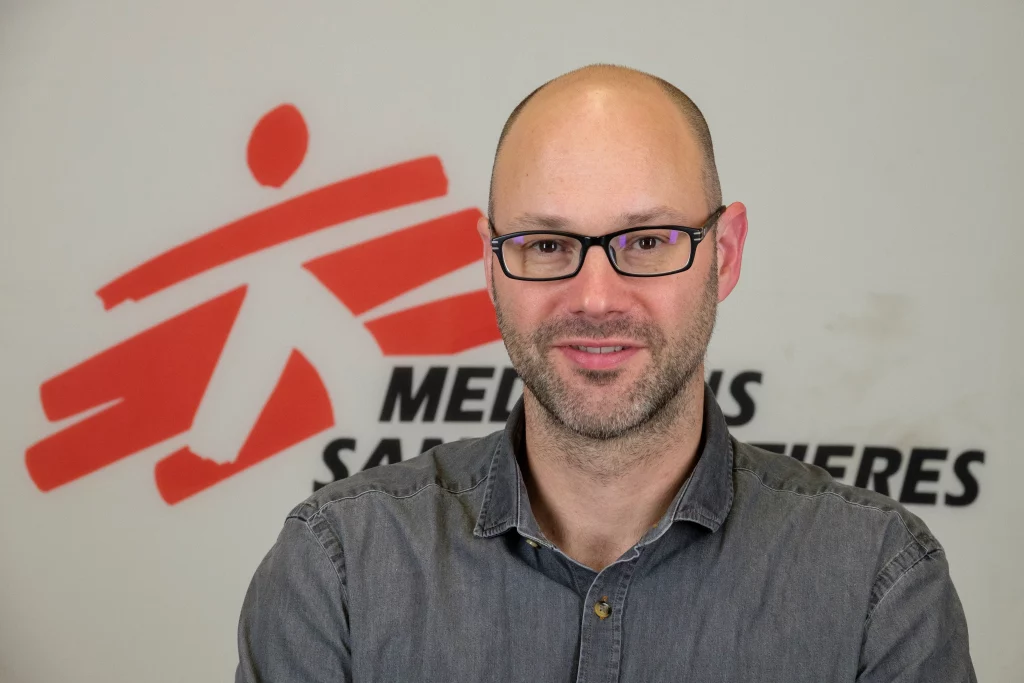Seven ways that victims of snakebite face inequitable treatment
Matthieu Chevallier, Global Health Advocacy Officer, MSF Access Campaign
The COVID pandemic painfully confirmed what most of us already knew: the terrible inequity that exists among countries in people’s access to vaccines, treatments and diagnostics. But as we also know, that inequity exists as well within borders; between young and old, men and women, rich and poor, urban and rural populations, etc. Some communities in our societies are simply more vulnerable, less protected and have less support when facing healthcare challenges.
People and communities impacted by snakebite fall into this latter category and may be considered as a yardstick of the inequity that is present in our global health system. Snakebite is just one of many so called ‘Neglected Tropical Diseases’, or NTDs, that receive far too little global attention given the vast impact they have on communities around the world.
In this piece, Matthieu Chevallier, MSF Access Campaign’s Global Health Advocacy Officer, tries to unpack in seven key points, the different facets of this gross neglect. The more he looks at it, the more he begins to wonder: is it the disease itself, or is it the victims that we turn away from?
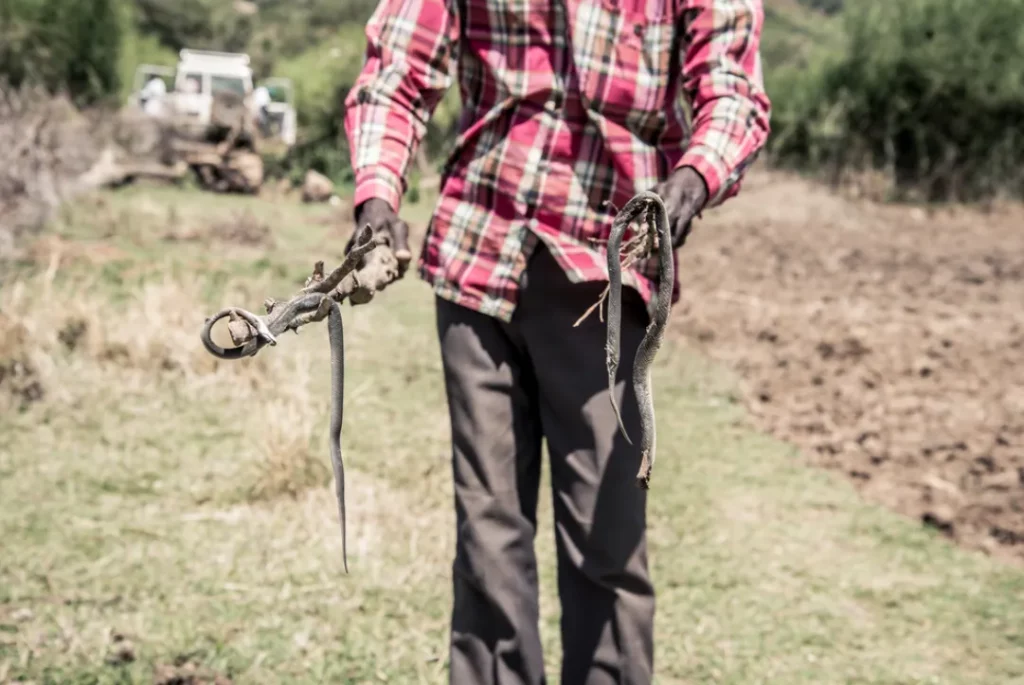
1. Snakebite victims are people who are more at risk
Sometimes stating the obvious can seem a bit dull, but it doesn’t bother me. So here goes: for a person to be impacted by snakebite, they need to encounter an actual snake. That is the first inequity. How many times have you encountered a snake? Was it then a real risk, or were they behind a glass walI at the local zoo? I am 47 and I can probably remember every single time that I have seen one. Most of the time, the encounter was by my own choice.
In western Europe’s big cities, you have to make a real effort to see a snake — like travelling to a zoo or having a pet snake at home. On the other hand, some countries are home to a generously large number of snakes: India, Bangladesh, Brazil, Myanmar, Nigeria, and Cameroon, for example. Also, it’s not in the cities of these low- and middle-income countries where people are at the highest risk of snakebite, it’s people who live in the countryside and work the agricultural sector who are the main victims.
Other vulnerable groups include children and fishing and mining workers — men and women just going to their regular workplace and who end up being bitten. Hard to picture if you are, like me, reading this in your own workplace, a comfortable air-conditioned office. The main risks for me at work are falling off my chair or scalding myself with a boiling cup of tea. No thoughts of a snake!
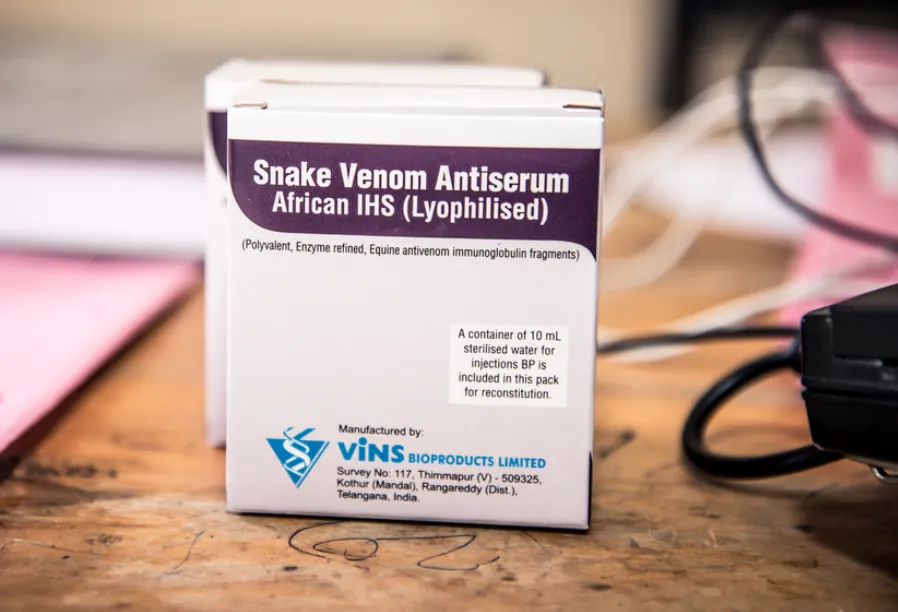
2. Snakebite victims are less protected
I haven’t given you a full picture: for snakebite to have an impact, you need to encounter a snake, but with no protective equipment. That is where inequity strikes a second time. We are not all equal when it comes to being able to protect ourselves. First of all, in many countries some people don’t have the security of having four walls around them. For instance, in rural areas of Ethiopia, the percentage of people living with improved walls to protect them is very low (0.6%). Living without walls, they can be exposed and vulnerable. This is the case for seasonal and migrant workers, who often sleep outside, on the ground, near their workplace in the fields. They are vulnerable by day, working the fields, and by night, sleeping next to them.
Living far from professional health care or people who know and understand snakes and their behaviours, people in rural communities are often left to their own devices, to cope by themselves. Even when they have the information they need, and for instance know they need to wear shoes or other protective equipment, this may not help them. Sometimes circumstances mean protective measures seem impractical, for instance wearing protective clothing in the pounding heat of the midday sun. The financial cost is often a reason why people don’t take measures to protect themselves.
In most countries, there are laws protecting the employee, and occupational health regulations, requiring the employer to provide protective equipment and access to healthcare treatment if things go wrong in the workplace. Snakebite protective equipment could be a simple matter of providing plastic boots or gloves to workers, a safe place to sleep, or just a headtorch to see at night. But employers often fail to — or cannot — comply with their obligations, and governments in affected countries may not have the resources or capacity to enforce health and safety regulations, especially when the companies are operating in remote rural areas.
Once again, this got me thinking. Despite having absolutely no risk of encountering a snake at work, I do have easy access to boots and a headtorch. But I clearly don’t need them. Not exactly fair, is it?
Things are even more unfair for people who have been displaced from their homes, by conflict or some natural disaster. With no proper shelter, often left barefoot, these populations are thrown in a new environment and exposed to a risk they are not always aware of. How do you know which venomous snakes live in this place you have never been in before? MSF has witnessed the influence of humanitarian crises on snakebite admissions, and it has been repeatedly documented that flooded areas increase snakebite incidence.
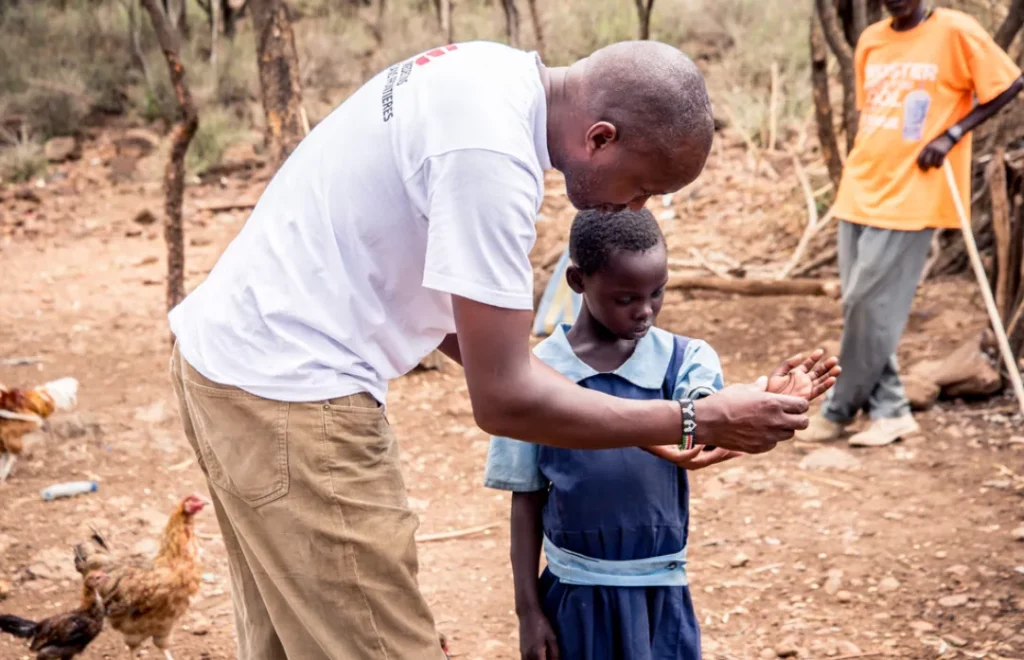
3. Snakebite victims live far away from access to health care
As soon as you are bitten, the clock starts ticking. It is crucial to access an effective antivenom or treatment quickly. That’s where the third inequity strikes. Remember, you are in a field, probably with a faint or non-existent phone signal. Where do you find a healthcare provider who can help? Most people have no idea where to go or what to do. Traditional healers are often the only option at hand, but they are rarely well informed as has been demonstrated in different studies. If they can’t give you the care you need, who can? That clock is ticking away.
The first part of the search is often to find a vehicle that can take you from the field where you are working to a place you can get medical help. A vehicle that can move quickly in what is at best a dirt track or a muddy road. Yes, snakebite seasons overlap usually with the rainy season. A motorbike is often the fastest option. So picture this: you are hanging on the back of a motorbike, hopefully with an immobilised leg to slow the progress of the venom through your bloodstream, while your driver does their best to avoid the potholes. After several close shaves, the bike finally skids in the mud and you both fall off the bike, into the mud. The bike reasonably enough refuses to start up again and you have no idea how long this journey is going to be and if even you’ll find something to save you at the end of it. In northeastern Nigeria, the median distance to reach the nearest equipped health facility is 80 km — 12 hours on average. Picture this for a moment. The longest 12 hours of your life.
Now, let’s put the idea of the motorbike or the vehicle to one side, and instead imagine you are a migrant worker with no support from the local community to get you to a hospital. You don’t speak the language and most probably have only a couple of dollars in your pocket. The outlook is really pretty bleak at this point. That clock keeps ticking.
4. Snakebite victims don’t provide a profitable market for pharma
Let’s say, you have managed to overcome the first three hurdles, and you have reached a hospital in time. There are still a few more hurdles ahead.
First, you have to hope that the healthcare professionals have the right training. As this study from 2020 shows, only 12% of healthcare workers had received formal training in snakebite management in Kenya, Uganda and Zambia. When you arrive, the staff will most likely ask you what bit you? A snake. Yes, but what kind of snake? A puff adder or a black mamba? Victims often have no idea. All they may glimpse is a shadow, moving quickly away into the grass, and experience a sharp stab of pain. Precious information is therefore missing as different snakes require different treatment. Having a polyvalent antivenom in healthcare clinics that is adapted to a range of local snake species is often key, but unfortunately rarely available.
A study in Rwanda showed that the average availability of all snakebite medicines was low, and ineffective antivenoms were still being sold in pharmacies.
In Kenya, Uganda and Zambia, only about 20% of healthcare workers said their health facility had the medicines needed to treat snakebite, with antivenom available in less than one third of facilities. This is a generalised problem: availability of quality antivenom at the point of care has been an issue for a long time for people living in low- and middle-income countries, due to multiple factors affecting supply, all along the supply chain from R&D to last mile delivery as this study shows. And this is where a systemic inequity is striking.
Research, development and production of diagnostics, antivenom and treatments for snakebite assume the logic of a market. Yet, as is the case for diagnostics and treatments for most neglected tropical diseases (NTDs) including snakebite, the market logic just doesn’t work. There are two main reasons: first, most of the victims — children, agricultural and mining workers from rural areas in low- and middle-income countries — are often the poorest of the poor, and simply can’t afford to pay out of pocket for expensive treatments. Second, though the estimates remain uncertain, since the large majority of snakebite victims probably never make it to the place where they will be counted, the number of documented victims or “market” is rather small, particularly as different products are required for different snake venoms, splintering the market. In short there is very little money to be made by pharmaceutical companies; ergo the market doesn’t exist.
For existing antivenoms, the cost of production is relatively high, and since the producers know those affected can’t afford high prices for treatment, they are unwilling to make the necessary investments to develop new products. Worse still, the limited market, combined with loose regulatory oversight in affected countries, leaves the door open for the circulation of substandard antivenom treatments, including products with much less active ingredient than is needed to be effective. This only increases the risks for patients.
5. Snakebite victims are not cared for by governments
When a person can’t afford the cost of medicine, and certainly not a treatment that costs more than your monthly salary, you would expect governments to step in and reduce the out-of-pocket cost to individuals. Particularly when victims are children or workers contributing to the country’s economies. In most European countries, even if you are poor and living in a rural area, you would be able to access treatment of some kind or other.a
But this is often not the case in low- and middle-income countries where the whole healthcare chain from R&D to production and delivery is suffering from lack of investment. Though governments from affected countries have a strong responsibility regarding the lack of adequate investments, it is unrealistic to think they will be able to invest in the fight against snakebite given absolute resource limits and the competing priorities they face.
6. Snakebite victims do not have support from international donors
At an international level, snakebite has long been ignored. It gained some attention when it was put on the WHO’s Neglected Tropical Diseases list in 2018. Since then, there have been few investments made in addressing this silent crisis. Some hopes were raised. But that was it. End of story.
The WHO Global Strategy against snakebite envenoming, which contains, among other things, an ambitious plan to roll out effective antivenoms in Africa, is still grossly underfunded and the few funding programmes — for instance that undertaken by the Wellcome Trust — will end soon with no identified new donors to take over.
The reasons for this? Well, the first that comes to mind: snakebite is not a health security threat for donor countries. There’s no risk of cross-border contamination. Second: unlike some other diseases, snakebite will never be eradicated. Donors like to tick boxes, achieve something. It makes them feel good. And of course, they should feel good when they score a success. We should try to eliminate the NTDs that we can, but what about diseases and medical conditions, such as snakebite envenoming, that simply cannot be eradicated?
Further reasons might include the lack of awareness of the problem: data are limited and experts suspect that the impact of snakebite is largely underestimated. To get proper data requires significant additional investment and this becomes a vicious circle. As long as we don’t see it, the problem doesn’t exist. With many competing healthcare priories, snakebite remains at the bottom of the pile.
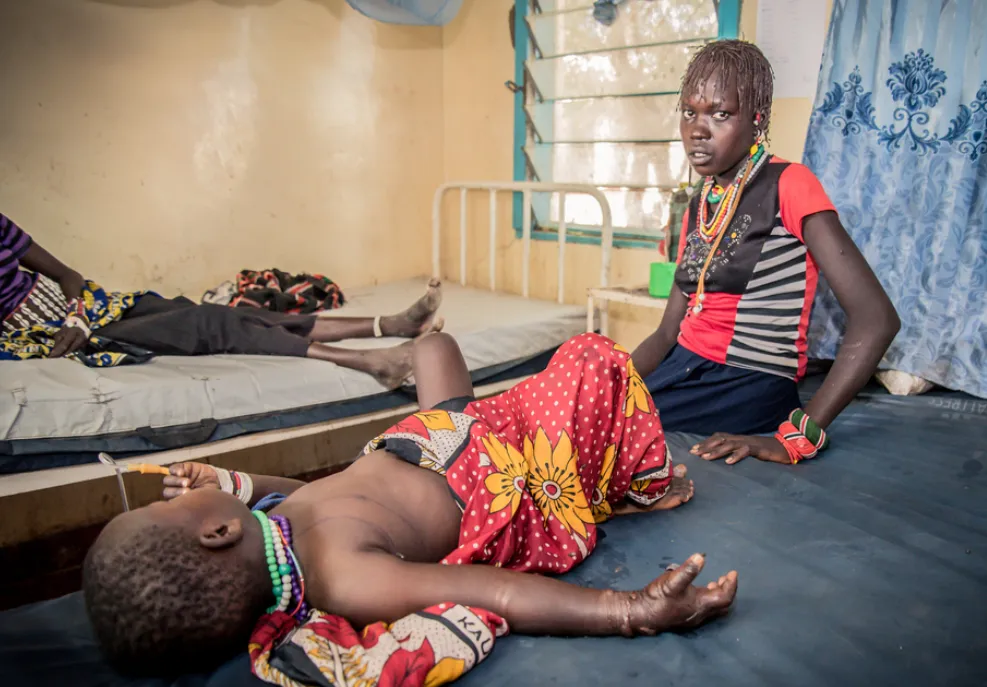
7. Snakebite victims are off the radar and live far from global decision makers
Last bite. May be the deepest.
Imagine you live somewhere in Burkina Faso or rural Cameroon. Who will represent you in Geneva — the global health ‘capital’ where far-reaching decisions about global health are made? Who will carry your voice in New York, Brussels or Berlin, where big global health decisions are still made? Or even in your own countries, who will represent your case to the ministries of health? Can they even hear you? Will they take you seriously?
It’s not completely hopeless. There are some community organisations of snakebite survivors emerging, who together with snake experts, are doing an amazing job in the affected communities. But they are often very busy with their work, and not well connected. They don’t necessarily have the communication opportunities and most don’t have the budget or time to travel to advocate on behalf of their communities to decision makers. Though their experience is vital in shaping any response to snakebite and designing impactful measures and effective change, they are too often not considered as’ experts’ and are not invited ‘to the table’ to discuss solutions.
This is probably the most pernicious of all the inequities: the lack of access to the ears of the right people who can make change happen.
Decision makers need to make an effort to hear people who are furthest away from them and most affected. Global health ecosystems need to build the communication channels that enable a true connection and conversation on health issues with the communities most affected by them. Those channels do not exist today.
I can’t just blame others. Maybe it is us, the advocates, who haven’t done our work properly. Maybe we haven’t spoken the language of donors to tell them that snakebite treatment is a good investment, meaning that the return in terms of public health for every single dollar spent is very good. Snakebite victims — farmers, mining or fishing workers — work in industries, that provide us with food, materials and other essentials. Once they have been impacted by snakebite, they often cannot produce, cannot provide for their family or community. Instead, they become a financial burden.
Maybe we should have advocated better, should have shouted a bit louder. Or brought a few snakes into the workplaces of donors and decision makers. Maybe then, they would pay more attention. For now, the silent crisis of snakebite continues to claim 138,000 lives a year and leave many with life-changing injuries.
